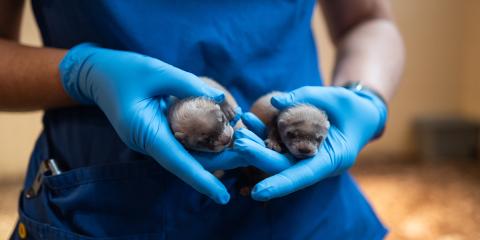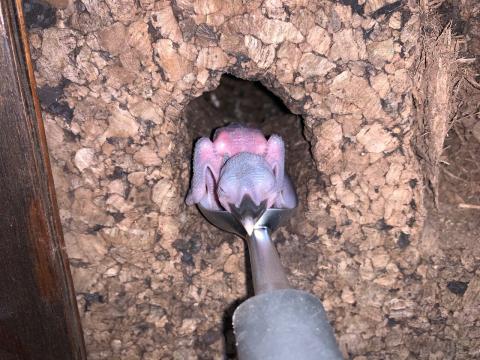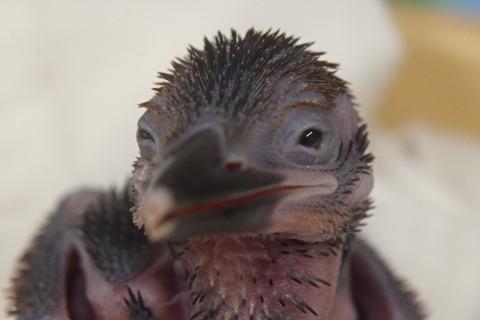Guam kingfisher (sihek) News
Displaying 1 - 17 of 17
September 23, 2024
Guam Sihek Released to the Wild

February 04, 2022
Test Flight: Which Harness Will Help Siheks Soar?
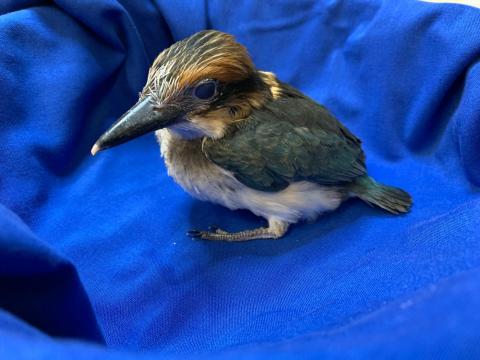
September 11, 2020
The Triumphs and Challenges of Raising One of the World's Rarest Birds
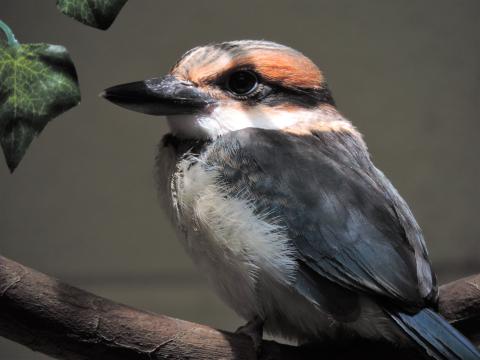
August 21, 2020
Growing Up Guam Kingfisher
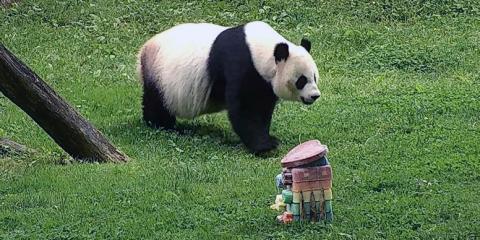
July 02, 2020
Bringing the Zoo To You: June 2020
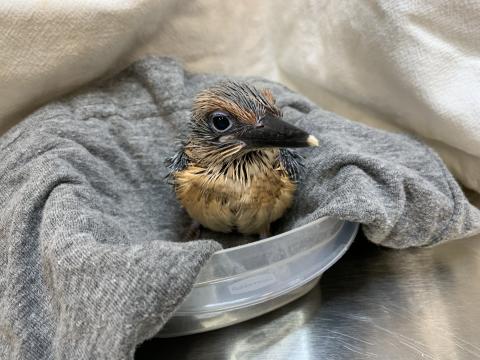
June 04, 2020
Winging It: A Parenting Test for Guam Kingfishers

May 01, 2020
Uplifting Stories: Spring is for the Birds

May 01, 2020
Bringing the Zoo to You: April 2020 Edition

April 20, 2020
Some Egg-citing News and a Few Love Bites
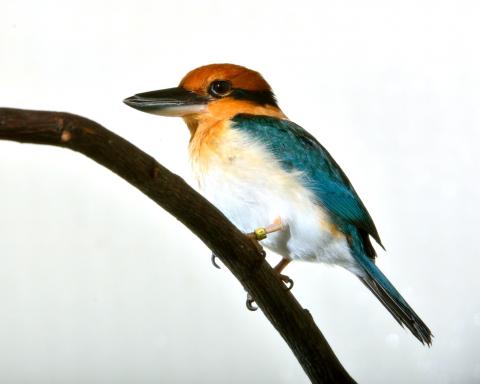
April 06, 2020
Guam Kingfishers: A Truly Rare Breed
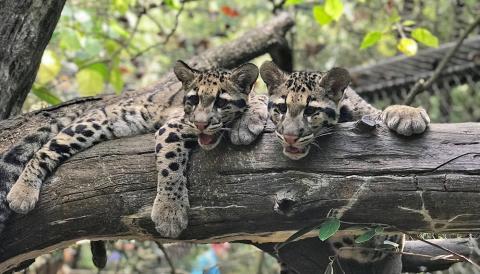
December 26, 2019
2019’s Conservation Stories Worth Celebrating (Part Two)

December 28, 2018

